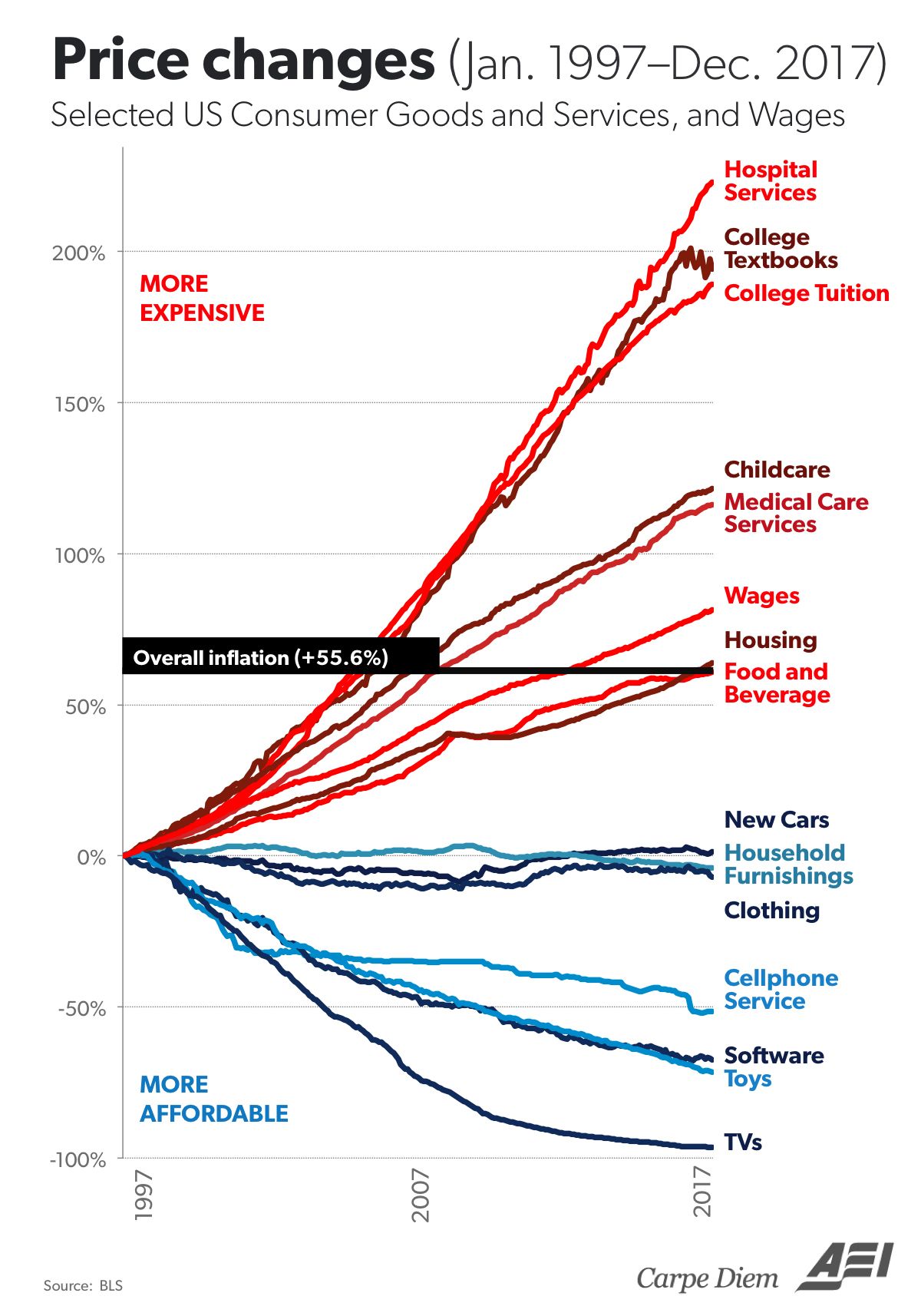Given what we know so far (year end 2021), the Covid vaccine appears to makes sense for anyone at significant risk from Covid. If you’re over 50, or diabetic, or obese, it’s a no-brainer.
However, the current public health policy for Covid — essentially “vaccinate everyone,” including those at no direct risk of harm from Covid — appears unfounded and even irrational, given what we now know about Covid and the mRNA vaccines.
Rational policy must consider both benefit and cost. Let’s consider the benefit side first, and then the cost.
Benefits of universal vaccination
Public explanations for the benefit of universal vaccination have drifted over time, but appear to be some combination of:
- Permanently stamp out the virus by rendering everyone immune to it.
- Prevent transmission from the healthy to the vulnerable (old and immuno-compromised).
- Prevent a Covid surge from overwhelming hospitals, which would crowd out treatment for other ailments.
For universal vaccination to achieve the policy benefits above, what assumptions must be true? Let’s examine each in turn.
What must be true for universal vaccination to successfully stamp out the virus?
- Covid must not mutate faster than vaccines can be updated and distributed.
- Vaccine must stay effective long enough to vaccinate the entire world at once.
- Vaccine must prevent transmission of Covid.
None of the above are true; therefore, policy benefit #1, stamping out the virus, is indefensible.
What must be true for universal vaccination to prevent transmission from healthy people to vulnerable ones?
- Vaccine must reliably prevent transmission of Covid from healthy people to vulnerable ones.
- “Breakthrough” infections must be extremely rare.
- Covid must not mutate faster than vaccines can be updated and distributed.
- Vaccine must remain effective for a predictable amount of time.
None of the above are true. Therefore, policy benefit #2 is also indefensible.
What must be true for universal vaccination to prevent hospital surges?
- Hospitals must be observed to have been widely overwhelmed by recent Covid variants.
- New variants of Covid (omicron) must be severe enough to overwhelm hospitals.
- There must still be many people who have had neither Covid nor the vaccine.
- “Breakthrough” infections must be extremely rare.
Again, none of the above are true. A few hospitals were overwhelmed by the delta variant, but they were too few to justify influencing national policy. Therefore, this benefit, too, is unfounded.
Much more than half the US population has already had either Covid or the vaccine. Based on seroprevalence, it’s estimated that over half the US population has already had Covid, and obviously the unvaccinated fell mainly into that category. Of the remainder who have not had Covid, nearly all are vaccinated.
This would argue that the risk of serious complications is already vastly lower than a year ago. In addition, the current “omicron” panic in particular appears unfounded, as the first known mass infection, in South Africa, resulted in few hospitalizations, and ended in a few weeks.
Taken together, the above suggests that the asserted benefits of universal vaccination are largely unfounded.
Let’s now examine the costs.
Costs of universal vaccination
There is no official recognition that universal Covid vaccination carries any cost or risk. That by itself should raise a red flag in your mind with regard to rationality, because obviously, every policy decision carries both benefits and costs.
Here are some costs and risks of universal vaccination.
- For healthy individuals under age 18, the known (so far) risk of complications from the vaccine (primarily heart issues in lean males) is higher than the known risk of complications from Covid.
- The long-term risks of this particular vaccine are unknown and unknowable, because two of its functional components had never been tested at scale prior to spring of 2020: mRNA delivery in general, and spike protein production specifically.
22% of the US population, about 73 million people, are under 18. Only about 600 of them have been hospitalized for Covid, nearly all of whom had prior health issues. The remainder — 99.999% of those under 18 — are at no known risk from Covid, and actually face increased risk, both known and unknowable, from the vaccine.
Conclusion
Official vaccination policy fails to acknowledge the following:
- For the reasons itemized above, universal vaccination offers little marginal benefit beyond just vaccinating those at immediate risk from Covid: the old, diabetic, obese and immuno-compromised.
- Vaccinating people who are not at risk from Covid exposes them to both known and unknown risks, with little or no benefit to those most at risk from Covid infection.
It’s hard to escape the conclusion that current policy is rolling the dice with America’s healthiest and youngest people — in other words, its future — in return for little obvious benefit.
So obviously we should not be mass-vaccinating anyone under 18. What should be the age cutoff for mass vaccination? Probably higher than that. Possibly as high as 35. At that level, I predict you will see no loss of benefit, and certainly lower risk.
